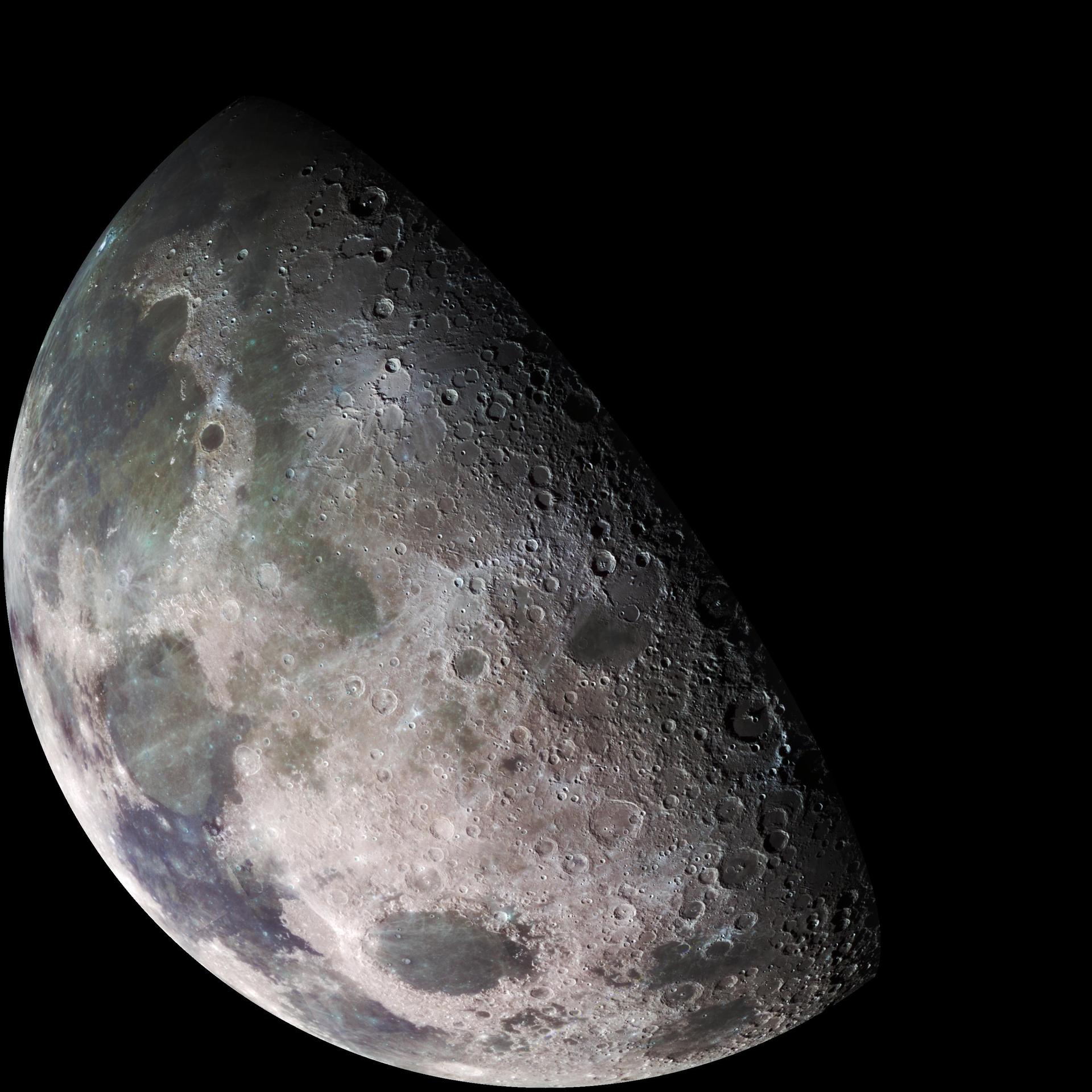NASA selects 9 scientists to join 2022 Korea Pathfinder Lunar Orbiter mission

Nine U.S. scientists will join South Korea's first lunar orbiter mission launching next year.
The Korea Pathfinder Lunar Orbiter (KPLO) is scheduled to launch on a SpaceX Falcon 9 rocket in August 2022 from Cape Canaveral, Florida. The spacecraft will orbit the moon for about a year, representing South Korea's first space exploration mission to travel beyond Earth's orbit, according to a statement from NASA.
NASA announced on Tuesday (March 30) that it has selected nine U.S. scientists to join the mission as part of the agency's KPLO Participating Scientist Program. The new members will work with the spacecraft's five science instruments, which will take measurements of the lunar surface from orbit to learn more about the moon's environment and resources and to identify potential landing sites for future missions.
Related: Lunar timeline: Humanity's explorations of the moon
"The KPLO Participating Scientist Program is an example of how international collaborations can leverage the talents of two space agencies, to achieve greater science and exploration success than individual missions," Sang-Ryool Lee, KPLO Project Manager, said in the statement. "It's fantastic that the Korea Aerospace Research Institute (KARI) lunar mission has NASA as a partner in space exploration — we're excited to see the new knowledge and opportunities that will arise from the KPLO mission as well as from future joint KARI–NASA activities."
The nine scientists selected by NASA include William Farrand, Caleb Fassett, Ian Garrick-Bethell, Rachel Klima, Mikhail Kreslavsky, Shuai Li, Gorden Videen, Jean-Pierre Williams and Naoyuki Yamashita, who are affiliated with a range of academic and research institutions. The new members will join the KPLO science team later this year, and will be funded for three years, according to the NASA statement.
"It is important that the participating scientists are fully embedded in the existing KARI and NASA teams well before the mission is due to launch," Shoshana Weider, leader of the KPLO Participating Scientist Program from NASA's Planetary Science Division, said in the statement. "This means they will have plenty of time to collaborate with their KARI colleagues during the pre-launch mission-planning phase, which will help ensure that the science return of their projects, and the mission as a whole, is maximized."
Get the Space.com Newsletter
Breaking space news, the latest updates on rocket launches, skywatching events and more!
KPLO is a joint mission between the KARI and NASA. Korea will manage the manufacturing and operation of the orbiter, while NASA will support the mission with the development of one of the science payloads, as well as help with communications and navigation for the spacecraft, according to an agreement signed in 2016.
The orbiter's scientific instruments include three cameras, a magnetometer and a gamma-ray spectrometer. NASA will provide one of the cameras, called ShadowCam, which will be used to map the reflectance within permanently shadowed regions at the lunar poles to search for evidence of frost or ice deposits on the moon's surface. ShadowCam, which is based on NASA's Lunar Reconnaissance Orbiter's Narrow Angle Camera, will capture high-resolution optical images.
In addition to investigating the physical characteristics of the lunar surface, the KPLO mission aims to expand South Korea's technological capabilities in space exploration and develop instruments for deep-space exploration on future missions. Data collected from this mission will also help support the planning of NASA's Artemis program, according to the statement.
Follow Samantha Mathewson @Sam_Ashley13. Follow us on Twitter @Spacedotcom and on Facebook.
Join our Space Forums to keep talking space on the latest missions, night sky and more! And if you have a news tip, correction or comment, let us know at: community@space.com.

Samantha Mathewson joined Space.com as an intern in the summer of 2016. She received a B.A. in Journalism and Environmental Science at the University of New Haven, in Connecticut. Previously, her work has been published in Nature World News. When not writing or reading about science, Samantha enjoys traveling to new places and taking photos! You can follow her on Twitter @Sam_Ashley13.









